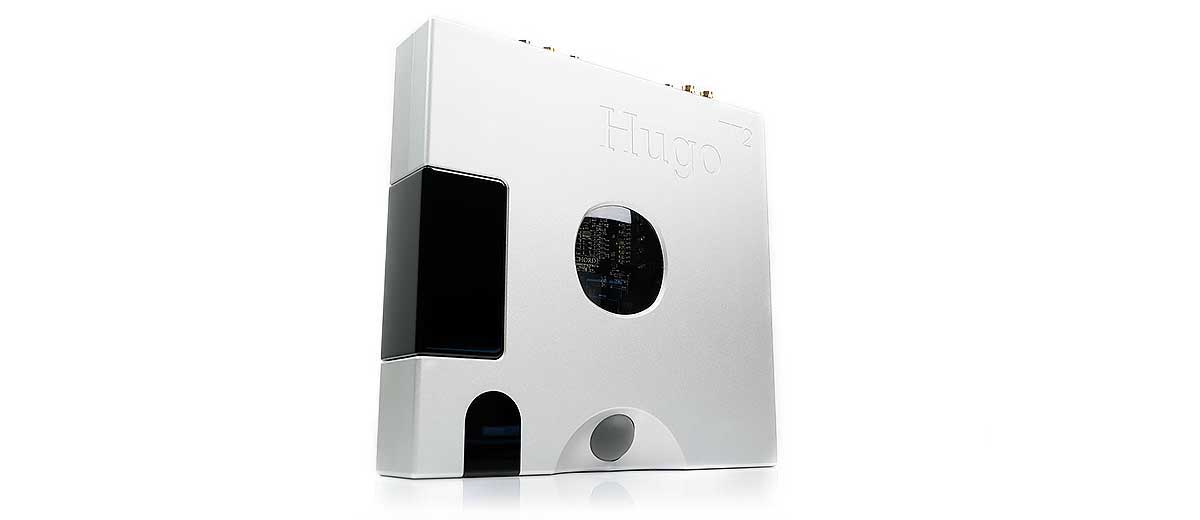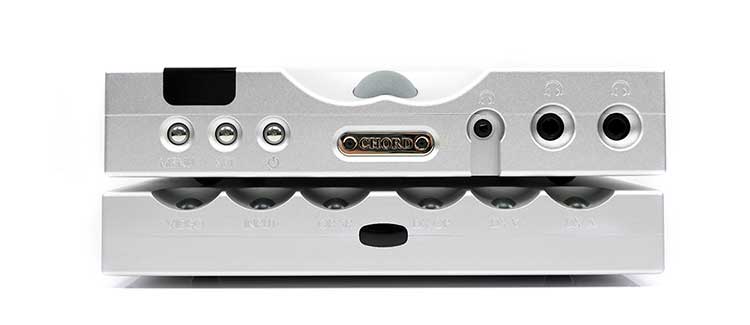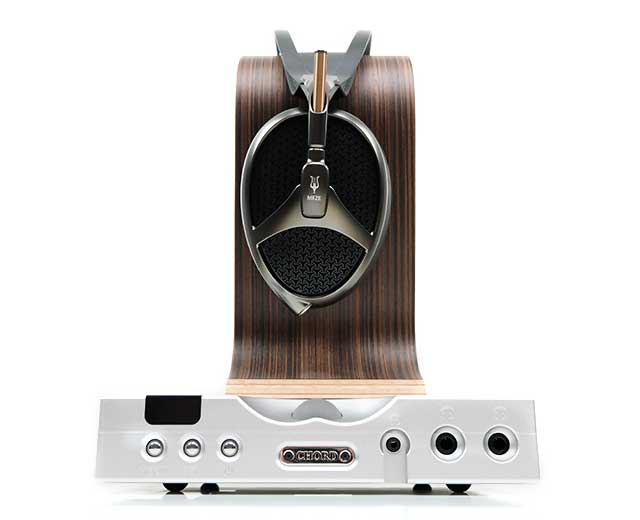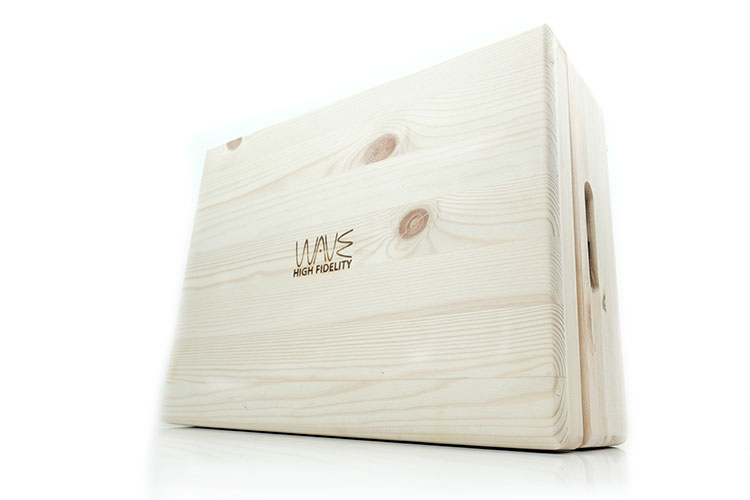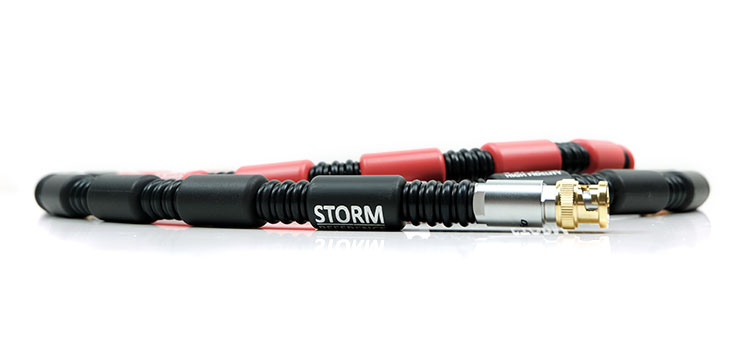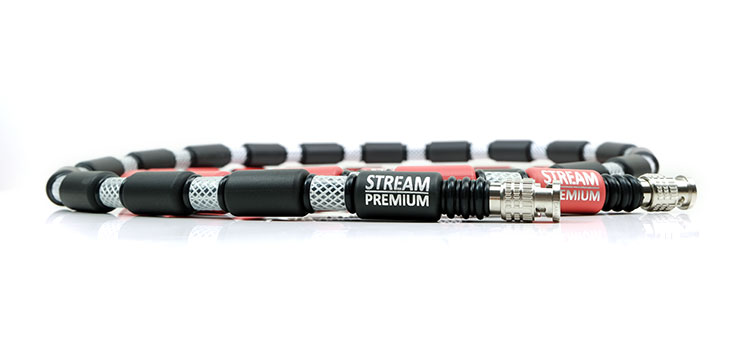TT2 Sound Impressions
Summary
The TT2 is an absolute monster of an integrated DAC and amplifier for dynamic range, resolution, and a strong perception of ‘speed’. The articulated manner of the TT2’s performance is such that even the most complex of musical passages are delivered with compelling accuracy.
If an R2R DAC is the epitome of organic or analog reproduction, then the TT2 is likewise the perfect studio inside your room or your head. Someone once mentioned that listening to the TT2 is like being hit with a wall of detail, even more so with the Hugo M Scaler attached.
I am inclined to agree with that analysis, especially with headphones such as the Final D8000 Pro and the Abyss Headphones Diana Phi which are revealing enough to keep up.
However, the TT2 is a very different beast to the richly weighted Ring DAC/amp of the dCS Bartok and considerably more neutral compared to the euphonic tones of R2R DACs such as the Musician Audio Pegasus.
In all our headphone pairings with the TT2, we heard a comparatively linear performance with perhaps a little more emphasis on the mids or a bias that certainly highlighted vocal and instrumental detail over a weighted low-end fundamental.
Timbre
And yet, do not confuse linear with neutral or presume any controlled bass quantity or clear treble overtone will produce a lean timbre. There is an excellent level of depth and a spritely level of energy to the TT2’s tone that saves it from the banal of aching neutrality or an overly clinical profile.
In fact, the TT2 instrumental timbre is actually surprisingly smooth and warmer sounding compared to the likes of the Hugo 2 and the Qutest. Of those three, the Hugo TT2 is perhaps the most revealing, yet the fullest sounding and the most listener-friendly setup.
Vocals really seem to come to the fore on the TT2, perhaps more so than competing DAC/Amps such as the Violectric V590 which seems a little relaxed in comparisons. The best way I can describe the TT2 vocal performance is clear, with an excellent harmonic balance in its timbre.
That vocal clarity also comes from the excellent separation combined with the lack of a dominant heavily distorted bass response bleeding into the mids. There is virtually no smear from the TT2 DAC allowing everything to breathe and sound perfectly timed.
It is important to note that the TT2 harmonic balance errs more to the revealing side than consistently euphonic. So, whilst I would argue the tone is world-class it will not hide natural sibilance artificially. If your headphones are sharp sounding the Hugo TT2 will not counter that but neither will it add any subtle emphasis to that sharpness compared to the Qutest.
You can mitigate this slightly by keeping the filter status to warm with an HF roll-off setting. This will add a nuanced liquid overtone to the percussion attack ensuring they do not push down on that vocal presence or draw your ear upwards and beyond.
Staging
The staging quality of the Hugo TT2 is world-class but not in the way you would expect and different from the comparison units from page 2.
This is not an overly weighted or strong low-end performer but neither is it ethereal and forward treble happy. Out of all our tested DAC/Amp’s the Hugo TT2 actually offered the strongest mids and vocal focus and perhaps the most linear of low-end performances.
Rather the TT2 staging is world-class in terms of timing. The ability for it to not only accurately place instruments but also to combine it with a dynamic range that allows instrument note strikes to rise and fall in perfect harmony with each other is just magnificent.
No musical passage is too intricate or complex for the TT2 with every possible nuanced spatial cue being easily picked up. Again, I go back to that wall of detail I spoke about earlier. Some DAC/Amp’s will beat the TT2 on sheer power or sparkle but only the likes of the infinitely more expensive Bartok will have an edge in terms of resolution and staging complexity.
Filters
The TT2 also uses the same filter system that first saw the light of day on the Hugo 2 and the Qutest. I love the Chord filters system, period. I use it on the Qutest and the Hugo and most of the time I end up with the warm filter due to personal preferences. When I switch to the ‘Incisive Neutral’ filter from time to time it is really only for tube amps. Your mileage may vary on that one.
I am presuming it softens up on the distortion level a little to create that additional warmth and then tightens it right down for the two natural alternatives. By alternatives, I mean the warm and neutral options using a bit of high-frequency roll-off, (filters 2 and 4).
They are primarily intended to attenuate any creeping noise from hi-res samples above 88.2k. It is a similar system being used in the Hugo M Scaler.
M-Scaler X-Factor
I always find that Chord DACs and amps have a long gestation period before you can fully get to grips on how they are coloring your favorite headphones. Especially so with the Hugo M Scaler attached and there is a definite difference in how the TT2 sounds with and without the upsampling dimension.
To use a metaphor inappropriately, it steadies the ship somewhat. The upsampling to 768kHz brings even more linearity to the low-end and opens up the mids, especially the perception of micro-detail in instrumental note texture.
It loses a little bit of aggression from the Hugo TT2 DAC in favor of some outstanding control and holographic complexity. Moving to the passthrough red setting on the Hugo M Scaler pulls everything in a bit closer so it sounds a shade denser but also more 2-dimensional.
Wireless Performance
The Hugo TT2’s Bluetooth receiver implementation is probably the only passe element in its sonic makeup. With a lot of DAPs offering BT5.0 and up to LDAC compression levels in terms of receiving or transmitting the aptX BT4.2 capability of the TT2 seems a bit dated.
Compared to its wired connection, the dynamic range takes an obvious hit with that impressively holographic staging quality sounding comparatively two-dimensional and shrunken in overall size. If you have a revealing set of headphones you are going to pick up that ‘shrinkage very easily in BT mode.
In terms of timbre, the tone is slightly softer sounding also though by no means muddy. The low-end does lose a little definition and sounds slower-paced compared to the tight and articulate wired version.
Channel separation is not as convincing either so vocals compete a little more with instruments in that tighter soundstage and lack that comparative vividness. The top-end also sounds noticeably rolled-off in comparison to the wired version.
I would love to have seen LDAC implemented on the TT2. More times than most aptX delivers what I have described above on other DAC/Amp’s whereas LDAC does a much better job with high-frequency reproduction and generally introducing a better dynamic range performance.
Synergy
Efficiency
First, you really need to switch from high gain to low gain to get the Hugo TT2 set of monitor usage. However, once done the performance from our tested 2 monitors was superb, particularly the Vision Ears Elysium.
I hesitate a little on the Empire Ears Phantom, not because it sounded bad, but rather I think it was on the fence in terms of noise floors.
I did not detect any hiss on either of the two IEMs, the Hugo TT2 is very clean in that regard. Rather, just at -1dB from mute (just below -81dB), I could hear the music roll on the Phantom. I dare say it might be too much for really sensitive monitors like the Solaris. background hiss will also be more of a factor for these types of monitors.
For more demanding monitors like the e-stats fused hybrid Elysium, the Hugo TT2 pairing is supremely quiet with plenty of control in low-gain. It also sounded very precise and fast with an impressively holographic soundstage.
Power
There is no question the Hugo TT2 can handle even my most demanding headphones and I include the Hifiman Susvara in that group.
It does sound quite different through to something like the dCS Bartok. This is a more neutral, cleaner, and very fast-sounding presentation. The detail retrieval and instrumental separation with this pairing are first class. Not once did I feel that the dynamic range was lacking, even with slightly lower-res 44.1k 16BIT recordings.
I do find myself gravitating initially to filter 2 to inject a little bit more warmth into the Susvara. I love how quick the Susvara sounds with any decent amp but keeping it on the sweet side of neutral is always my preferred signature. Filter 2 does the trick there.
Absolutely bundles of headroom with the Empyrean attached to the Hugo TT2. I switched back to the Incisive Neutral filter with this pairing for my initial testing sessions. I tend to like the Empyrean attached to a clean amp and source with the leather pads.
This pairing seems to benefit from the cleaner instrumental timbre and tight sound the Hugo TT2 delivers. There is some wonderful clarity here which is something I think is an absolute must for the Empyrean to sound optimal. The Empyrean top-end is slightly roll-off compared to the Susvara so anything dense or warmed-up can often sound ‘samey’ or boring.
BNC Cable Upgrades
When we first did our initial impressions post last year we got quite a few messages to try a few different BNC cables to see if there were improvements over the stock M Scaler BNC cables we had been using for quite a while.
As chance would have it, Nick Bacon of Wave High Fidelity reached out to us and asked if we wanted to try some of his high-end BNC products, namely the Stream and the Storm series cables. Sure why not? And a few weeks later, or just around Xmas 2020, we had a set of the Storm Reference, Storm Reference Coaxial, and Stream Premium BNC cables with us for testing.
Now, these are beautiful-looking cables but they are huge compared to the stock M Scaler BNC pair. Most of the bulk will come via the additional sleeving and insulation as well as each cable being designed with 20 ferrites couplers. The ferrite beads inside basically act as a low pass filter to reduce high-frequency noise.
The 20 ferrite rings are also a bit different from the clip-on versions you buy off the shelf. Off the shelf will have a level of looseness to them that attenuates their effectiveness and may well have an incorrect frequency focus. Not every ferrite bead has the same targeted frequency function, for example, high-Q (aka resonant) beads, and low-Q (aka non-resonant) beads.
Wave High Fidelity – Storm Reference
£1,495.00
Technical
The Storm reference is Wave High Fidelity’s flagship BNC cable and is sold as a pair of 1m cable with a red and black finish to better distinguish left and right. Having said that both BNC cables are the exact same as each other so right for right and black for left is not mandatory.
The Storm uses a 5N (99.999%), pure solid silver conductor with a foil screen incorporated for high-frequency shielding together with a silver-plated mesh screen. Wave claims that this design will result in a true 75Ω performance which is the standard digital protocol to avoid signal reflections and signal distortion.
Both ends of the Storm Reference are terminated with silver soldered Oyaide SLB BNC connectors which will run you around $100 to $150 a pair alone at retail. The SLB’s have a split finish with a 4N sterling silver center pin and a CNC machined brass 24K gold plated outer shell. All 4 connectors use PTFE shielding.
Performance
I was expecting the change to the Storm Reference dual BNC to be a lot more nuanced in terms of sonic upgrades over the stock. However, in reality, it was dead easy to spot the improvements.
The most observable change is in the refinement of the upper frequencies, particularly in vocal and treble overtones. You might not notice this until you A/B these two BNC cables but on the stock Chord BNC cables combined with the M Scaler in dual BNC mode bright vocal mixes can reveal a little more natural sibilance and a dry percussion performance.
The M Scaler tends to magnify the vividness of the sound but that also may include any potential harmonic dissonance creeping through. It gives high-pitched pop vocal timbre such as Ariana Grande or a lower chesty jazz vocal singers such as Buika a sharper overtone.
The Storm References strips that away and I mean literally stomps over that little amount of sharpness to produce a beautifully refined and evenly balanced vocal harmonic tone and a really natural percussion hits just above the vocal.
It does not smooth it over either. The Storm pairing simply gets rid of those digital nasties and injects some excellent blackness to the background with a more full-blooded impact making the performances much more life-like and detailed than I anticipated.
Wave High Fidelity – Stream Premium
£895.00
Technical
The Stream Premium is a more affordable version of the Reference series and side by side they do have some noticeable differences although the basic form factor is quite similar.
First, the wiring has changed from a 5N pure solid silver conductor to a high-quality copper conductor. A foil screen still used for high-frequency shielding but the additional mesh screen for low-frequency isolation is no longer silver-plated.
The connectors are also different from the Storm Reference with the use of 4 Canare BCP-D55UHD connectors. These are a hell of a lot cheaper than the Oyaide SLB Storm Reference plugs and I suspect at around $10 each that’s where a lot of savings have been made aside from the copper wiring.
However, the materials on these are good quality actually with gold plated “snap-lock” center pins and beryllium copper outer contacts. The grip contact areas on these plugs are also quite elongated with small gaps for position marking on each side that make them very easy to work with.
Performance
Whilst still a marked upgrade on the stock BNC these are not quite on the same level as the Storm series. For one, the level of bass and midrange body is a little lighter compared to the Storm and the blackness of the background is just a shade also though a marked upgrade on the thinner sounding stock BNC.
The upper mids and treble energy has crept back in ever so slightly so not quite as refined or liquid sounding as the Storm but definitely not as grainy or as sharp as the stock BNC cables.
Vocals are a little on the brighter side but still sound refined and fulsome with plenty of space around them whereas the stock M Scaler cable natural vocal sibilance sounds edgier with sharper overtones.
Click on page 3 below for select comparisons

